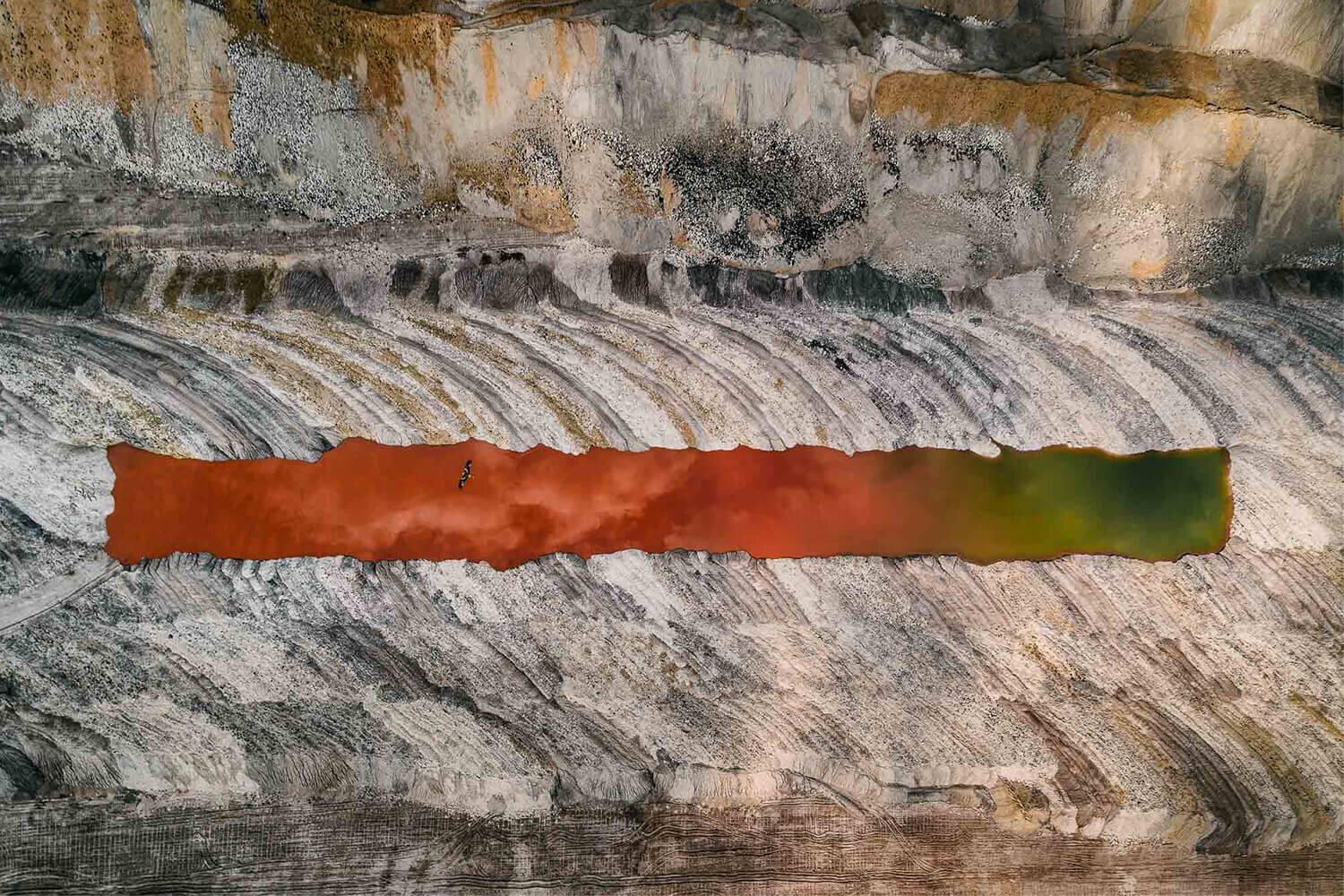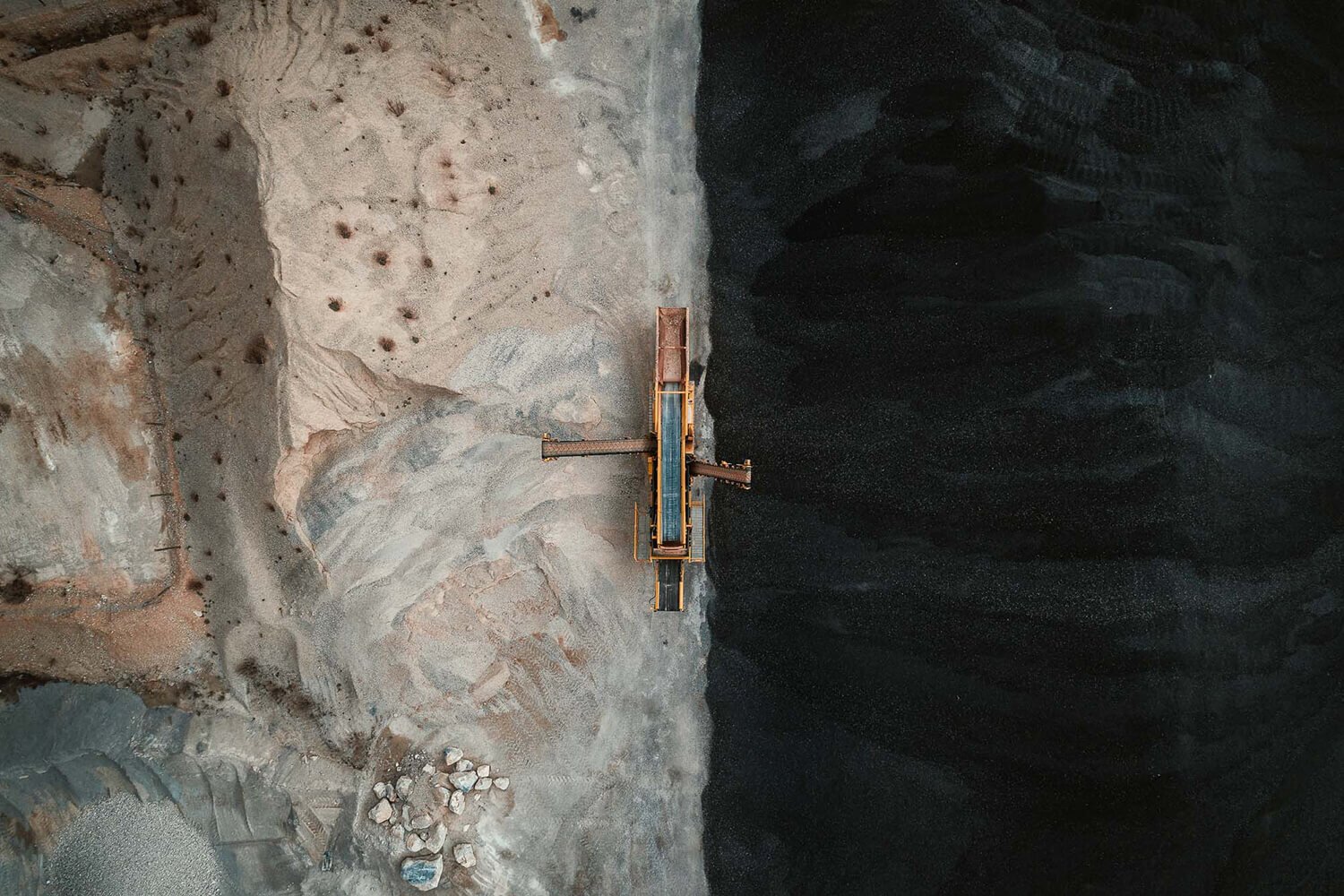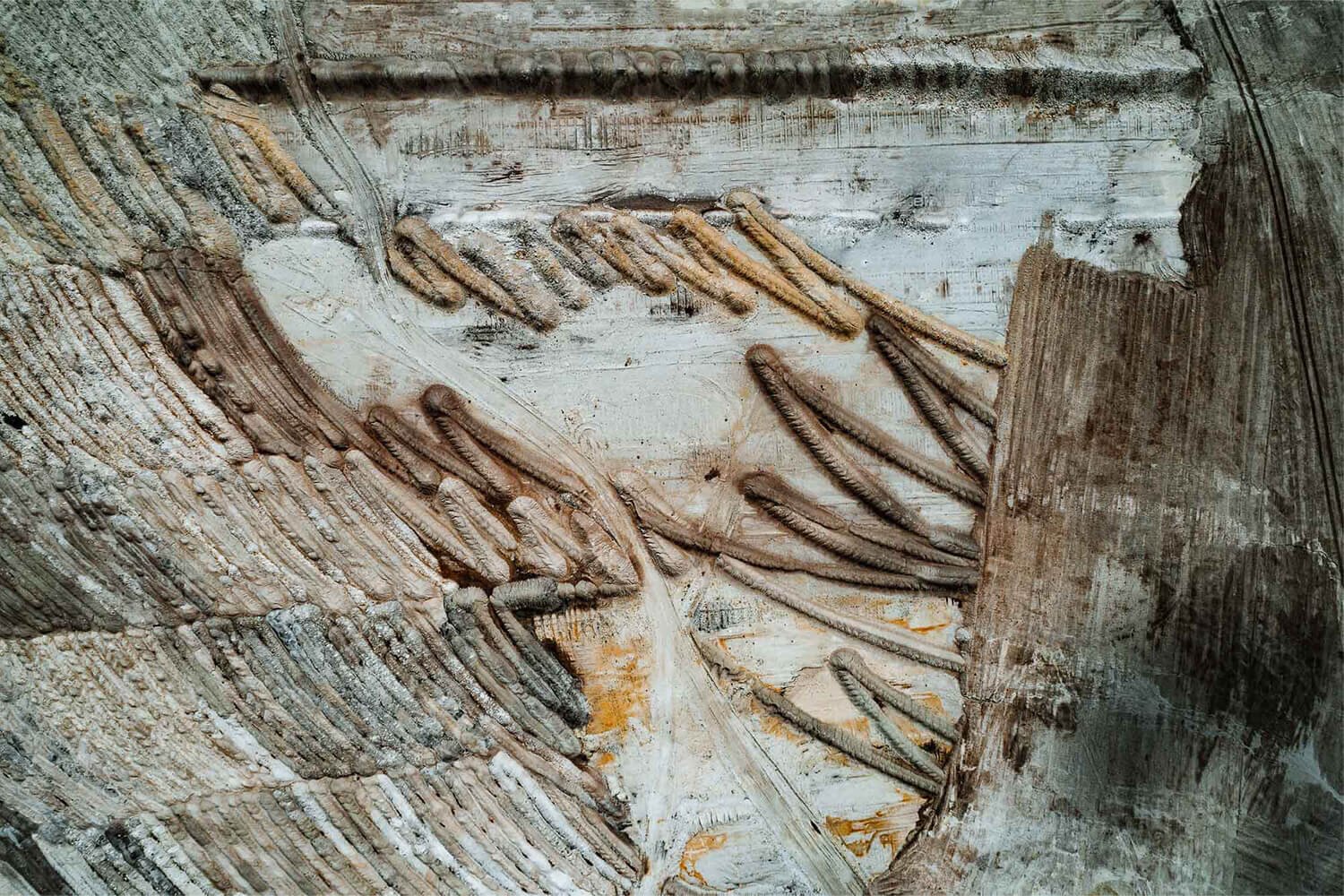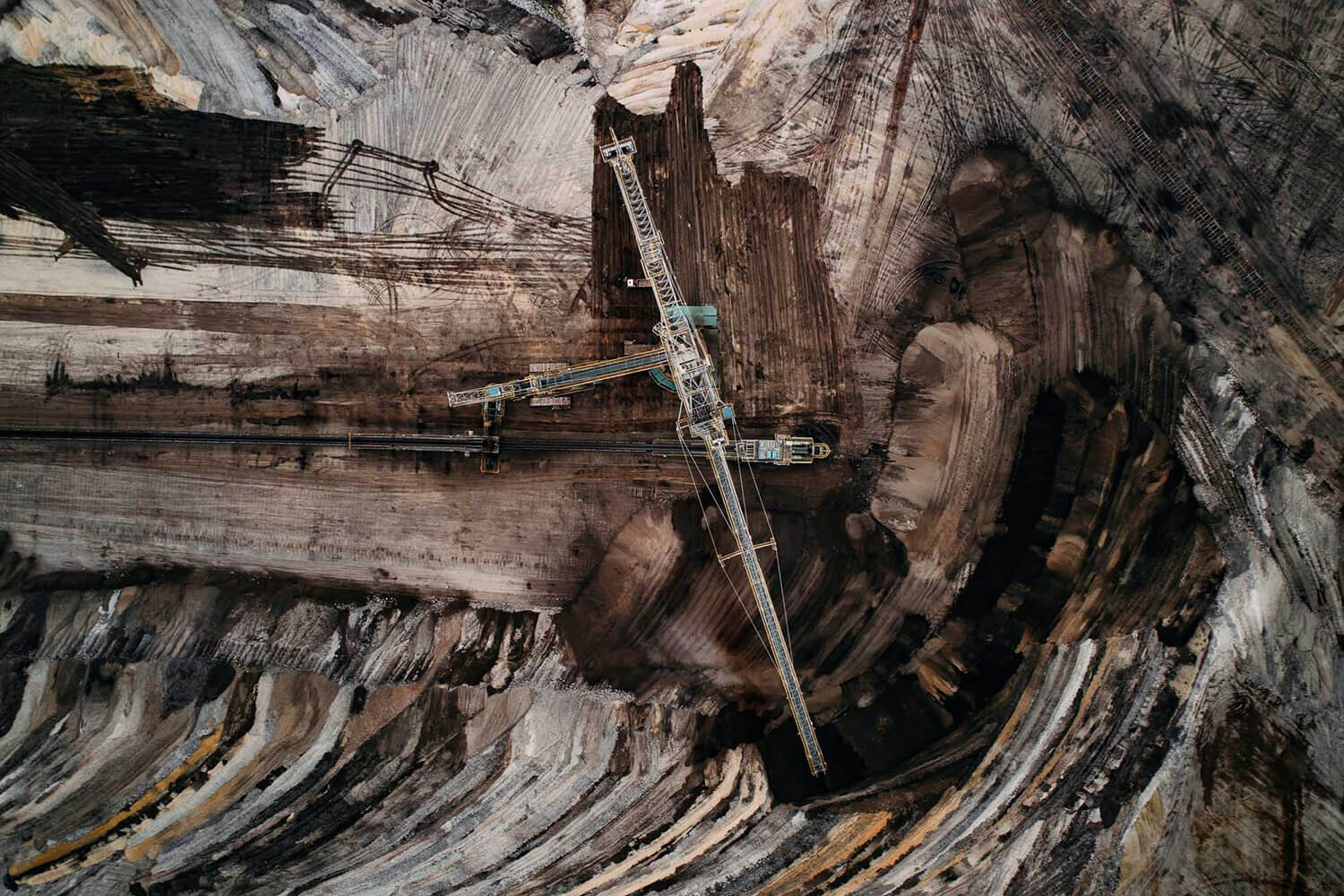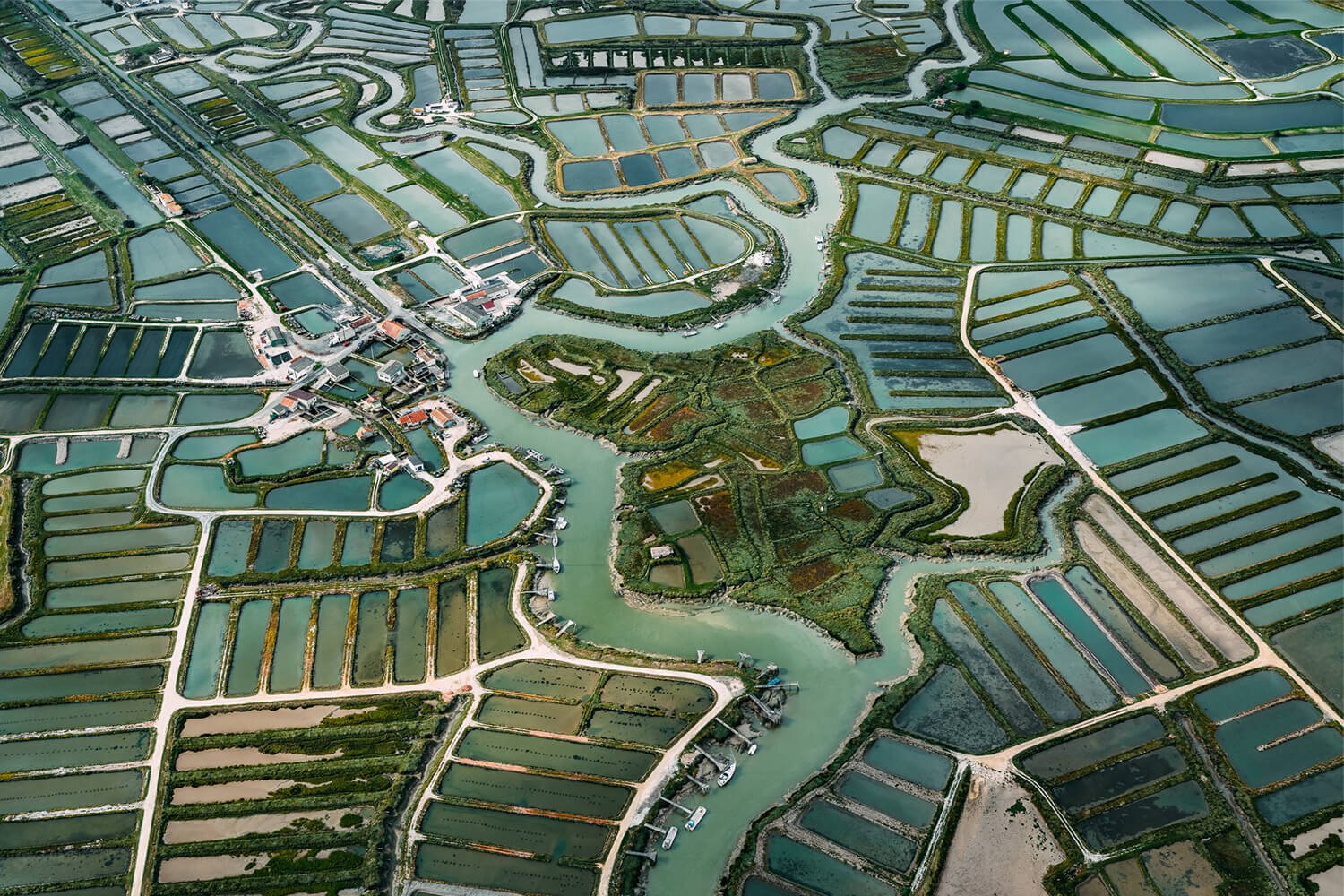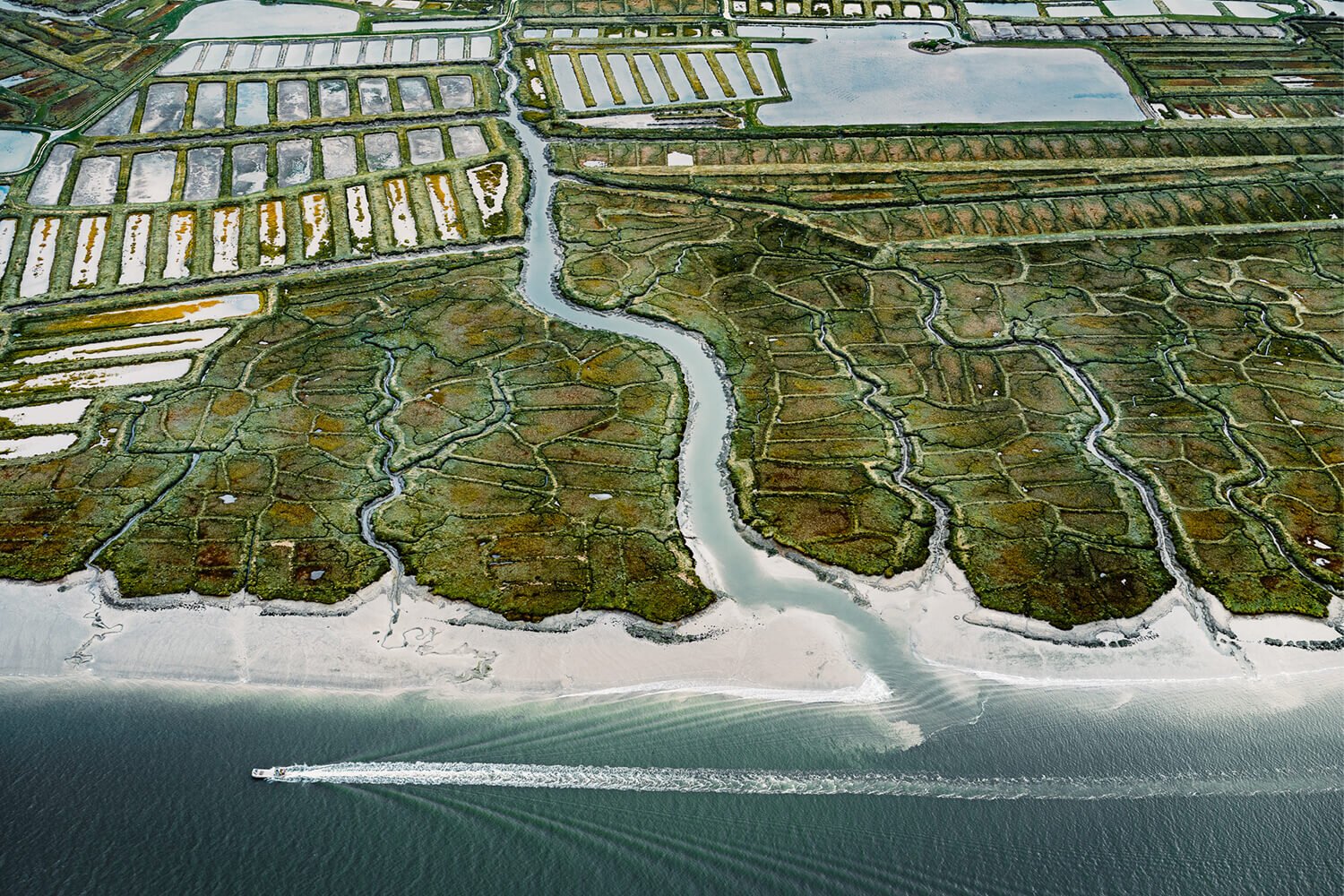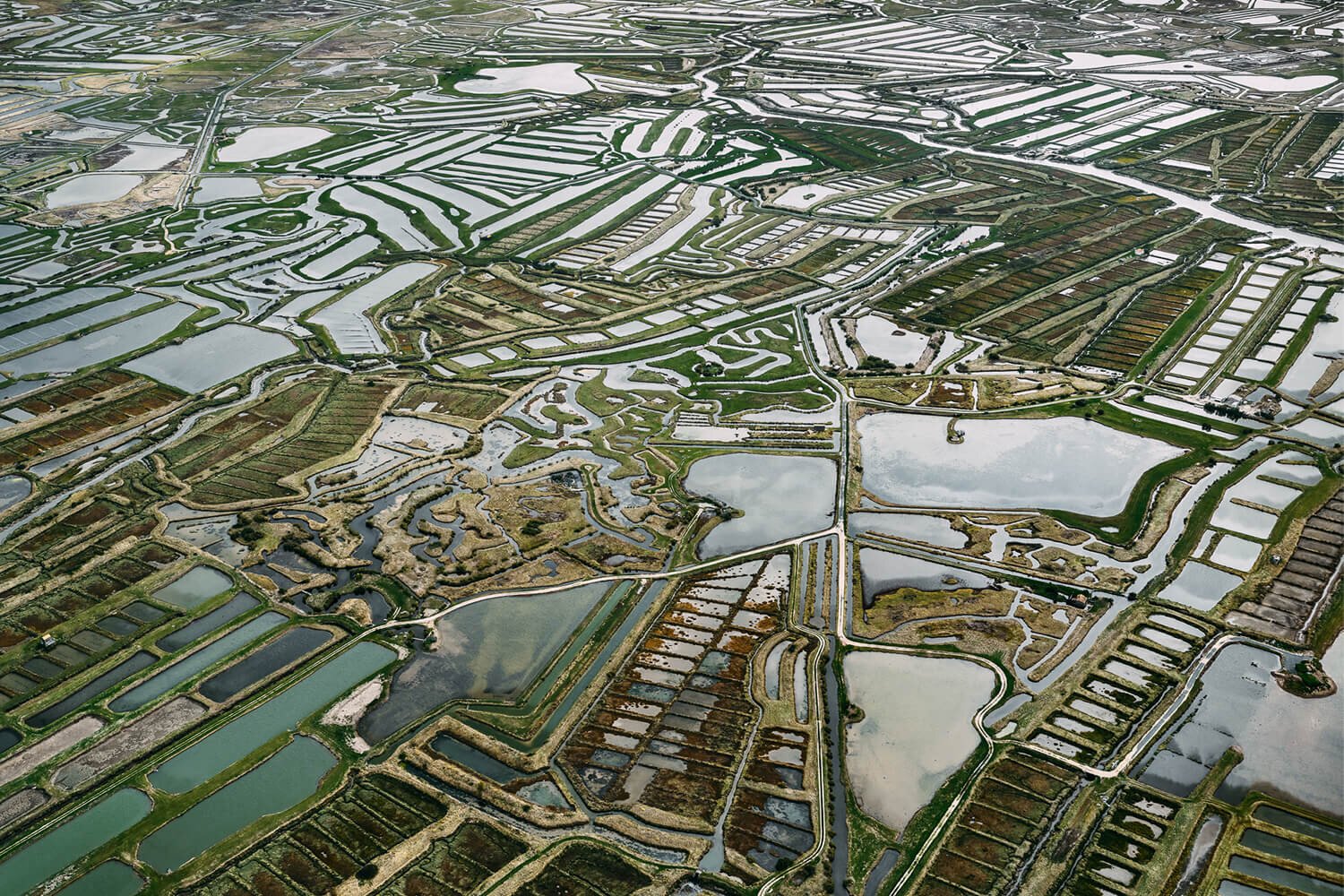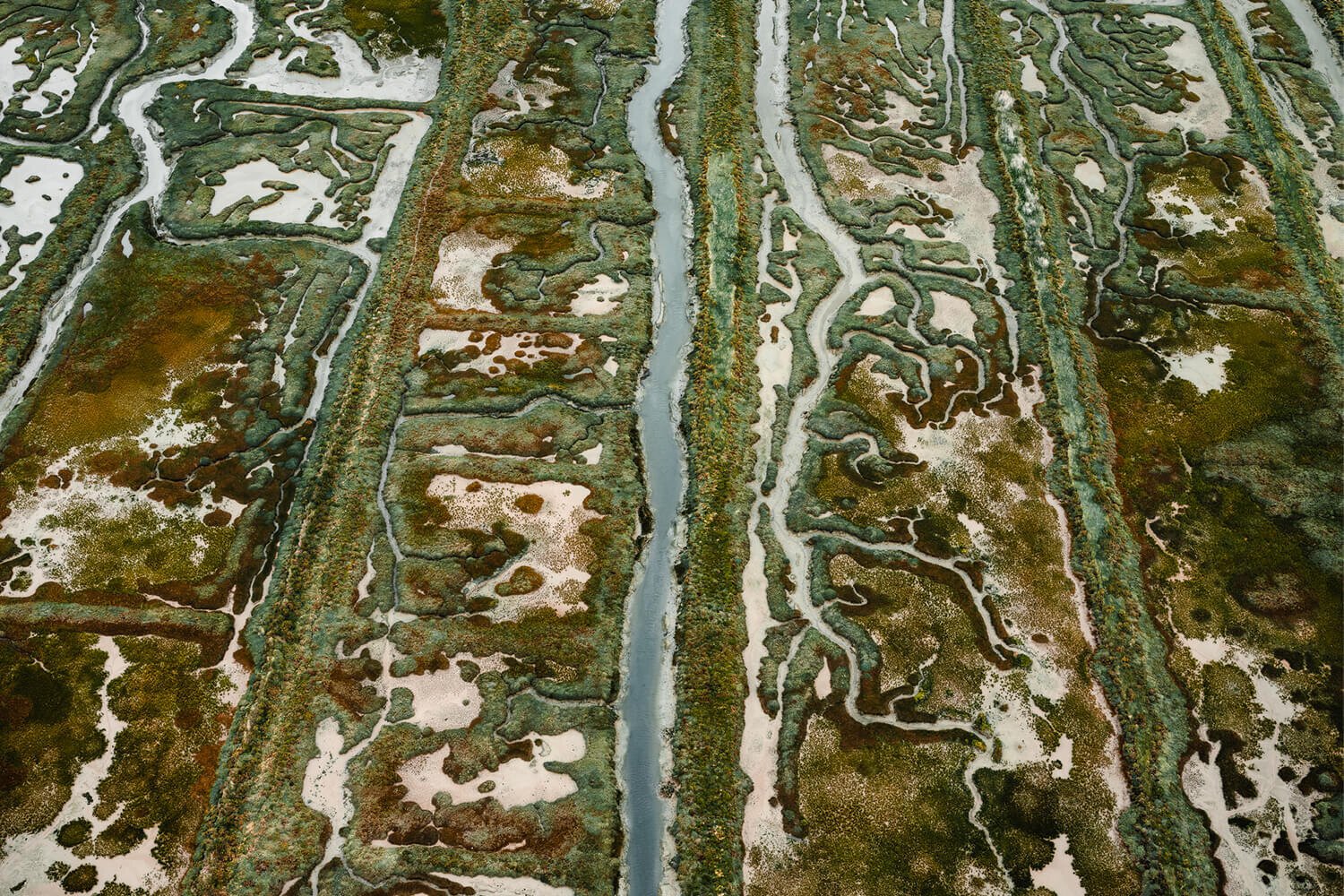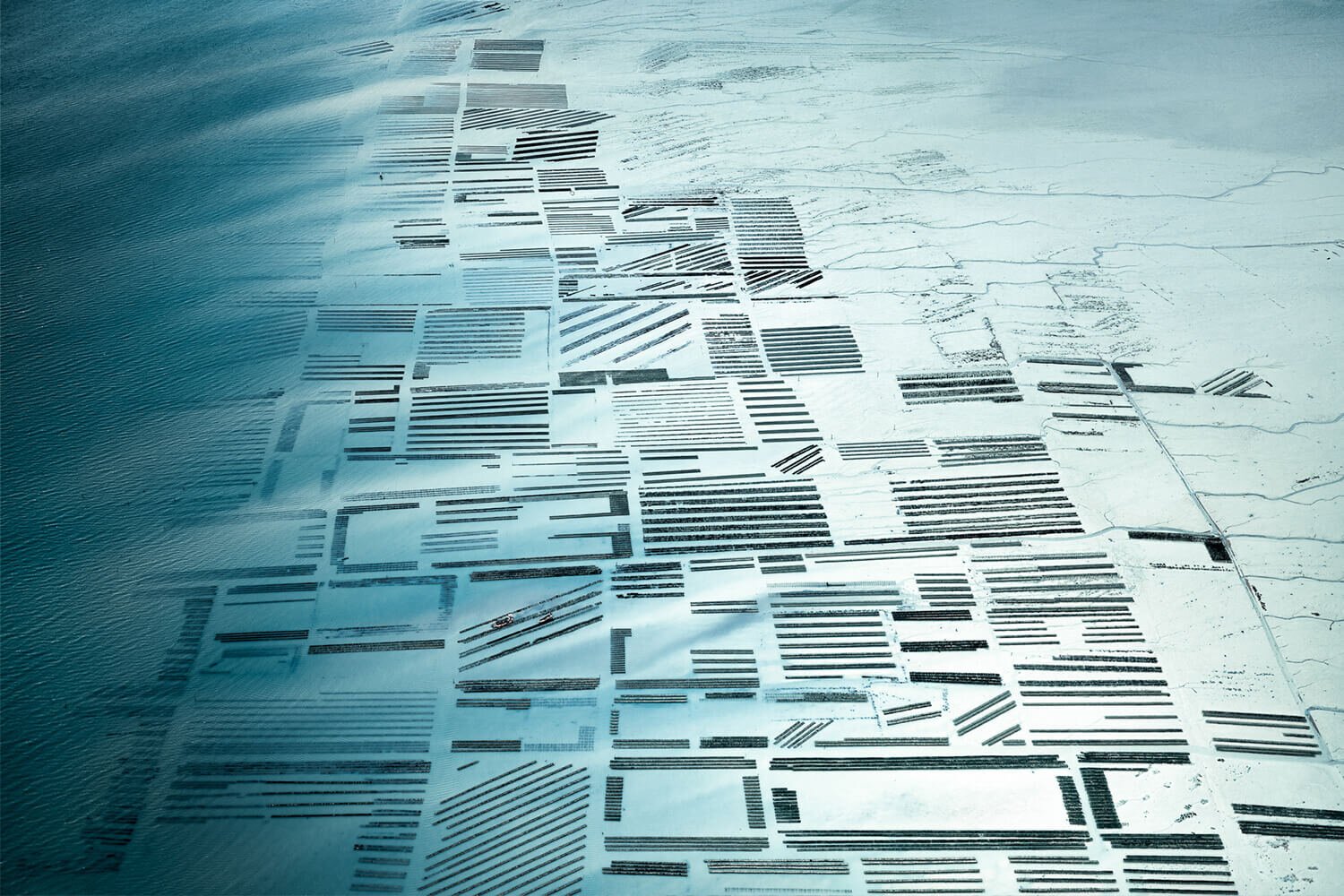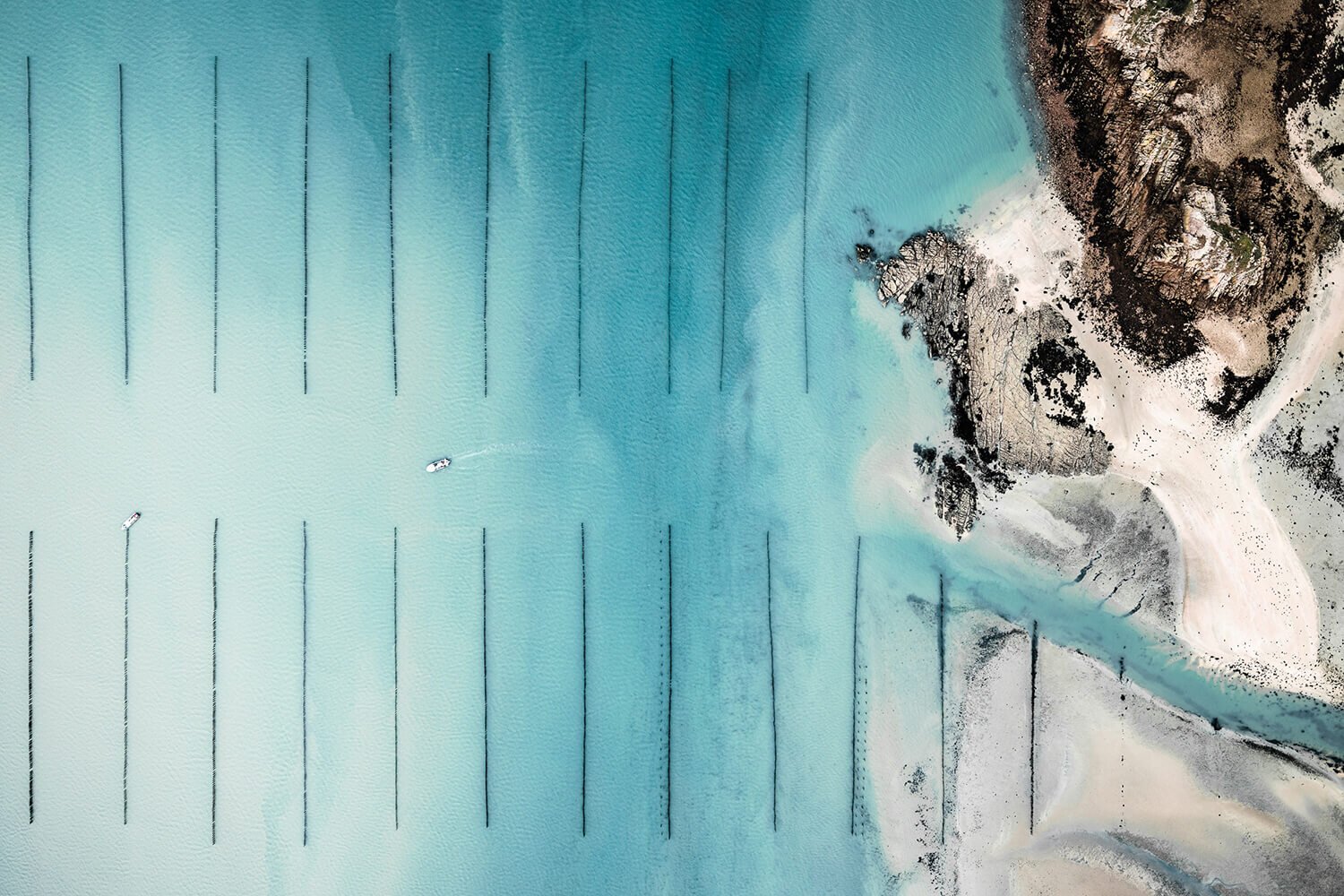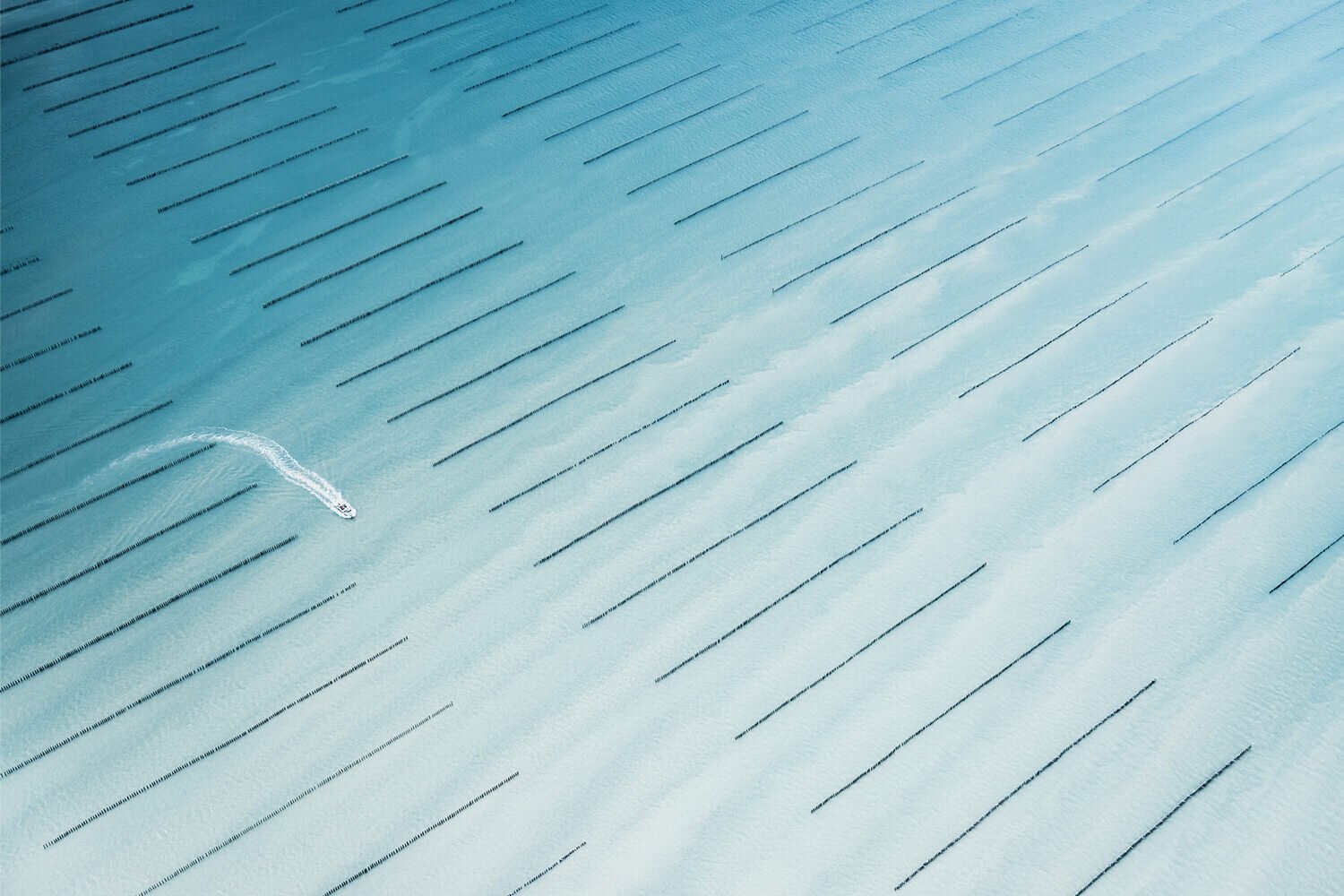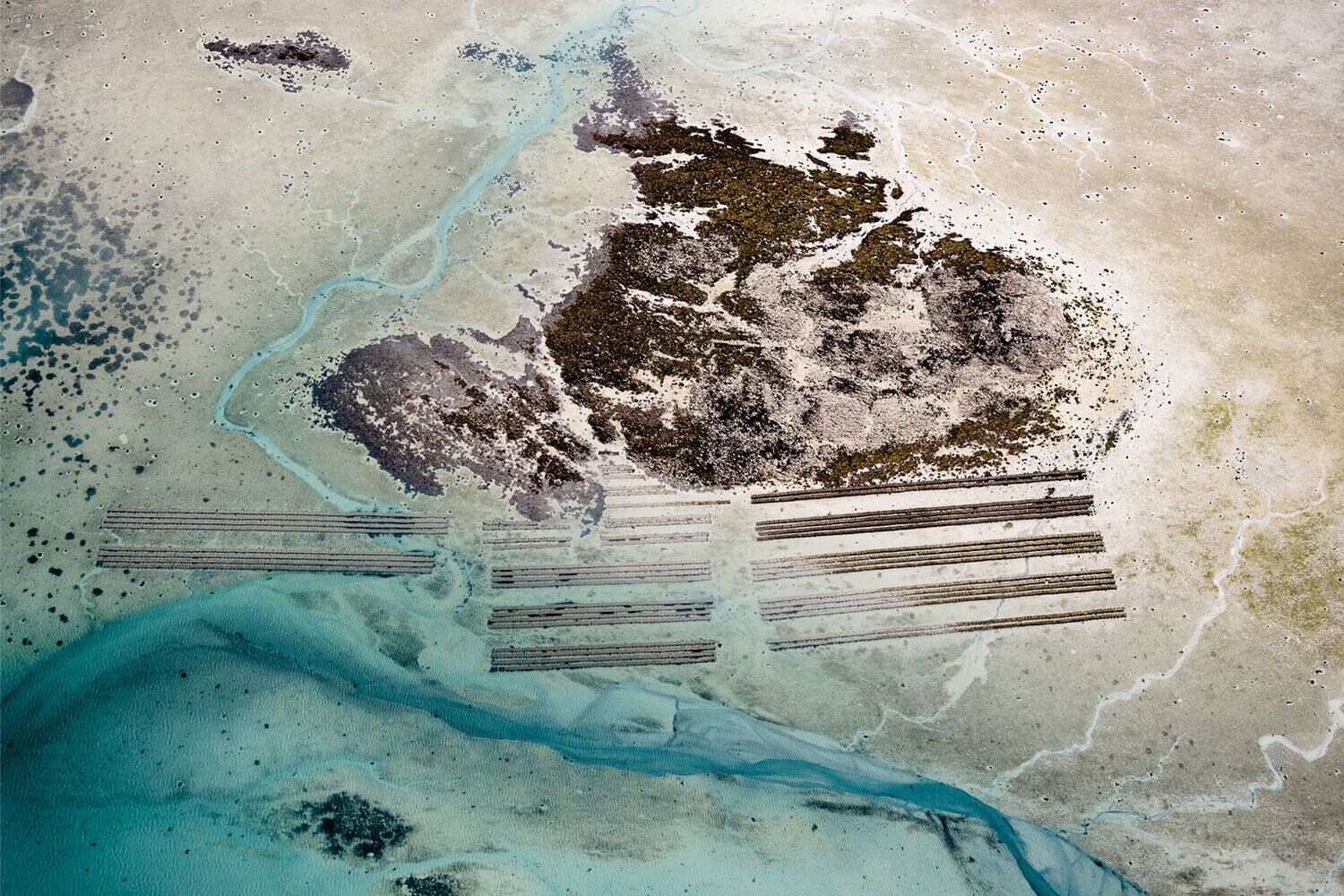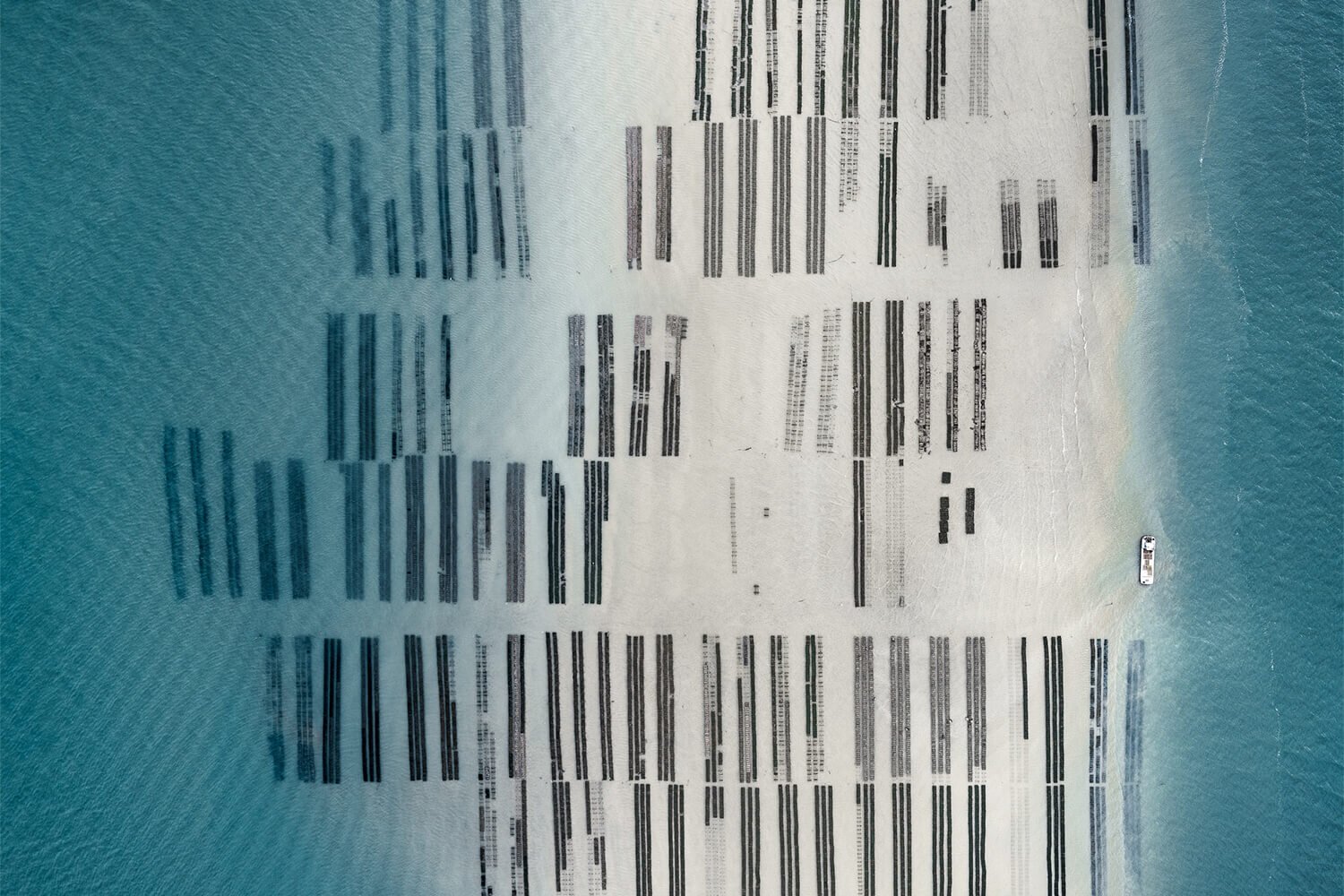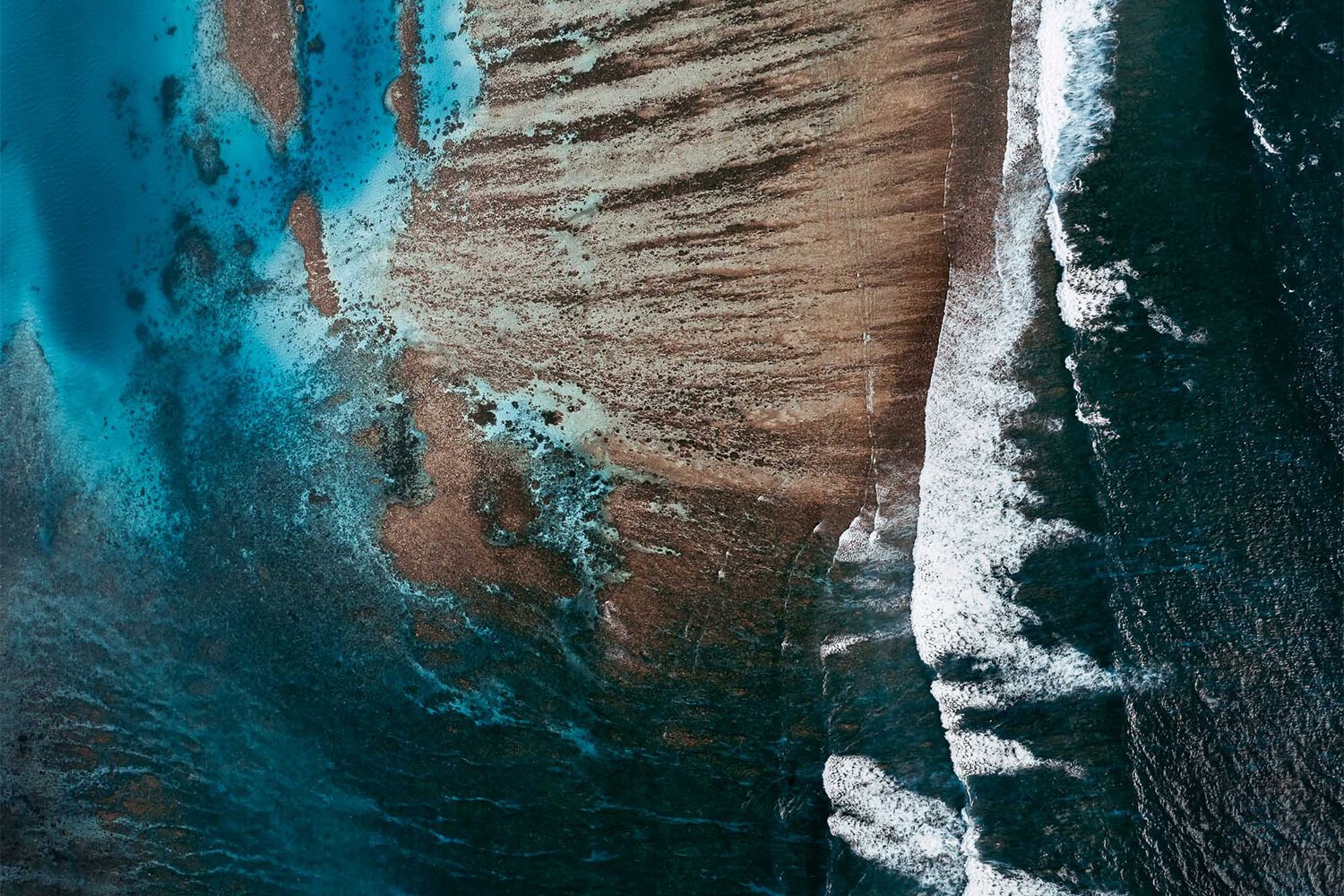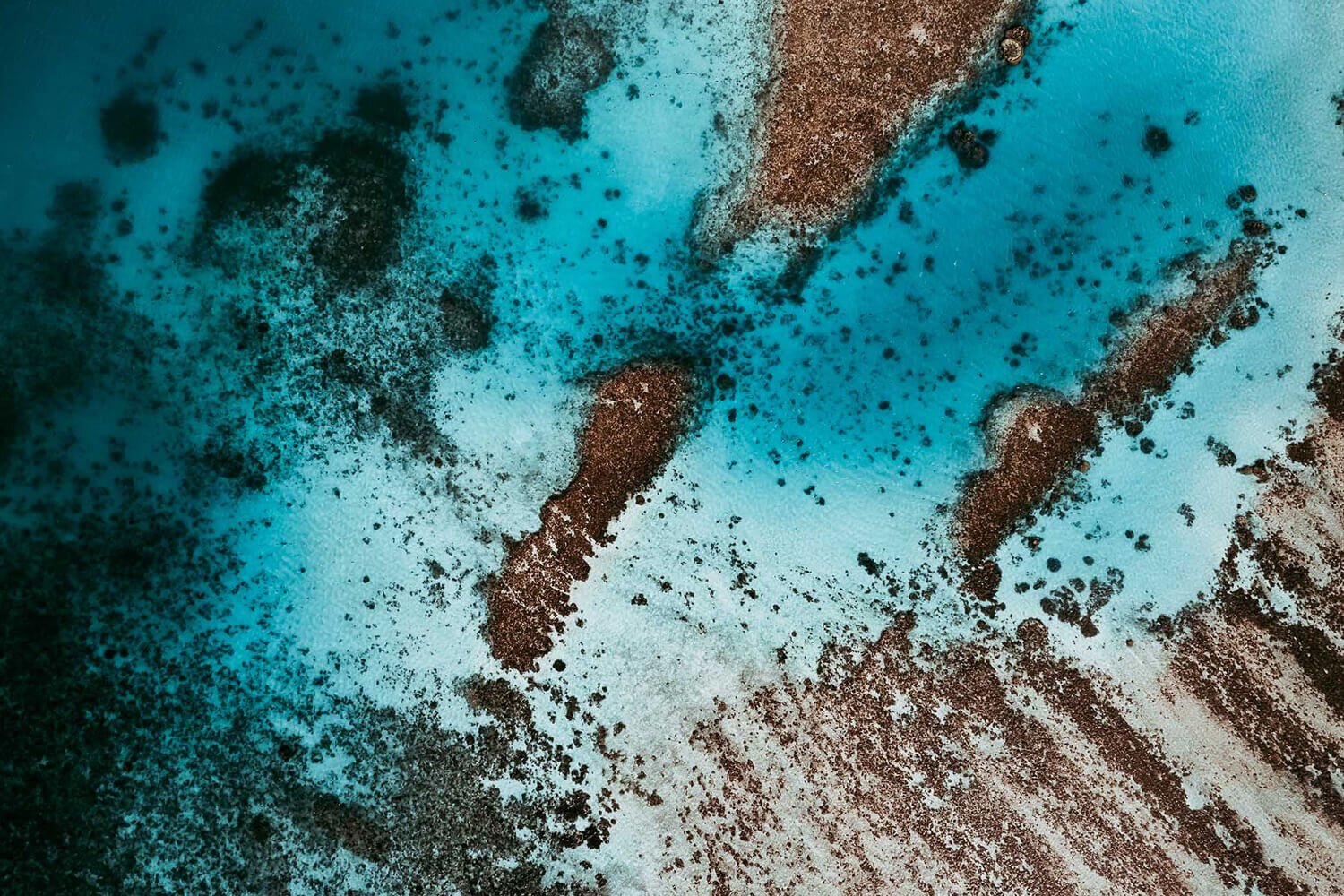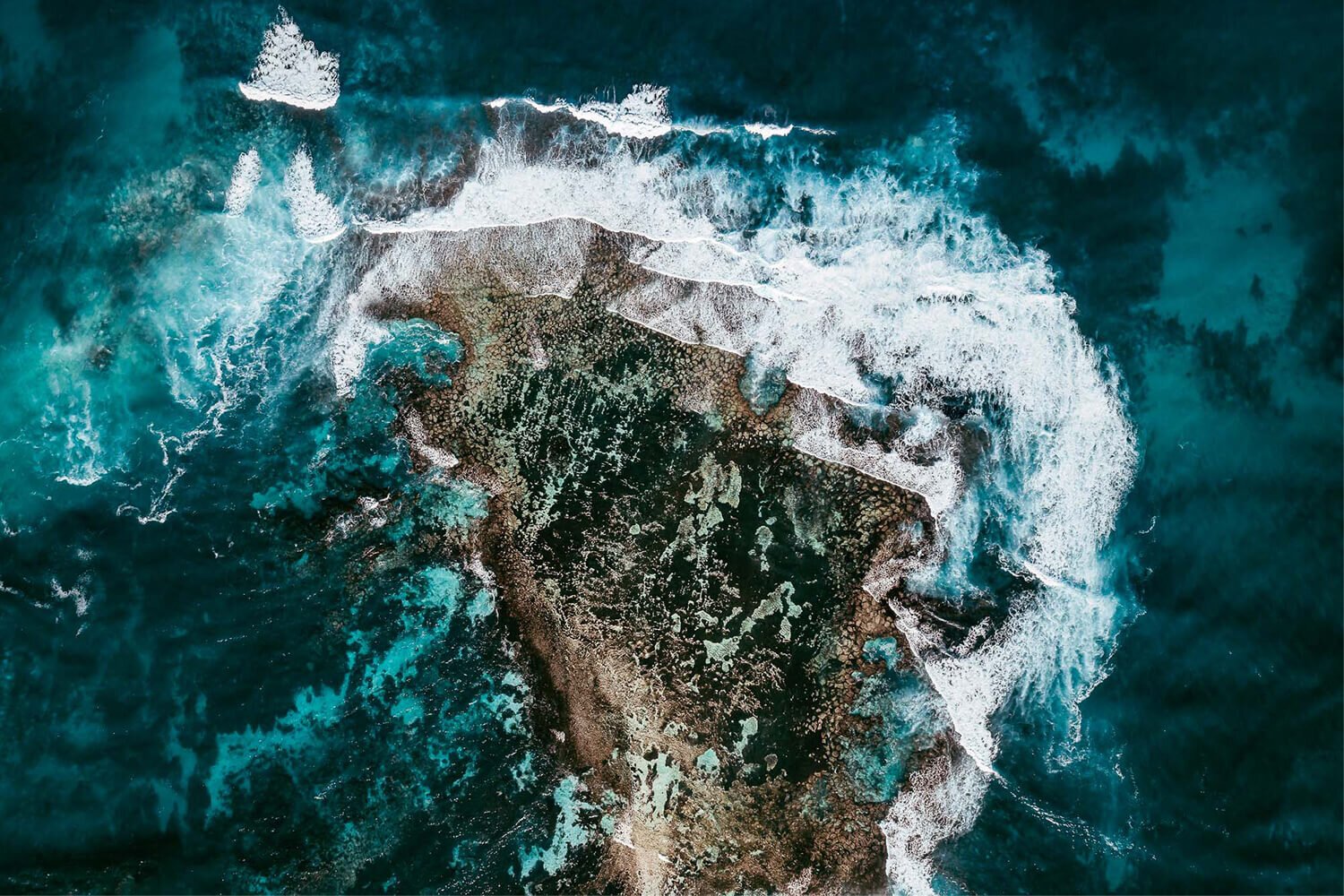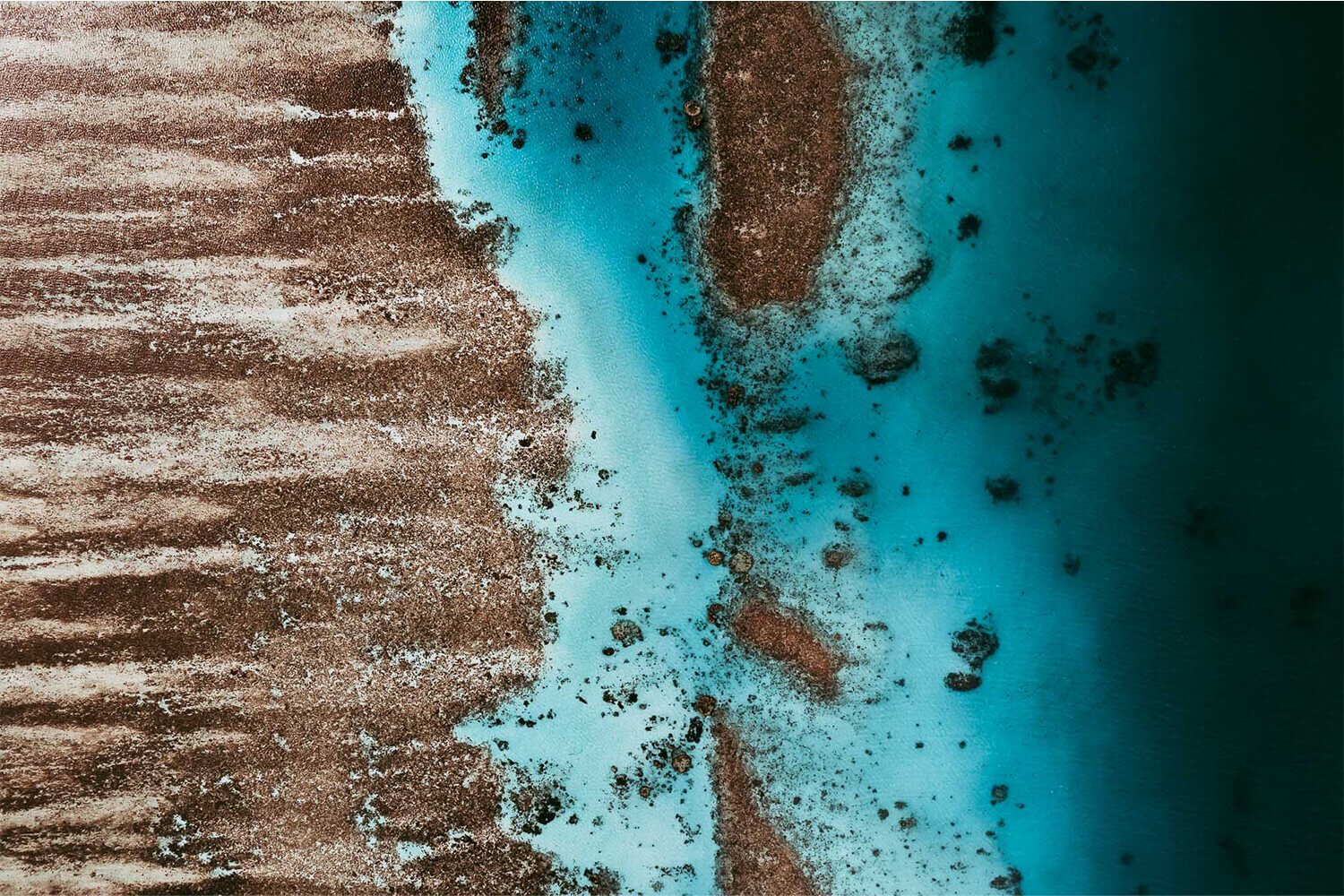Overview for Insights: Images of Earth from Above
Tom Hegen photographs humanity’s impact on Earth
Tom Hegen. The Coal Mine Series, Part I. Germany, 2016.
In the 21st century, almost no corner of the planet is untouched by human activity. Our impact on Earth’s atmosphere, oceans and wildlife has tipped our planet from the Holocene into a new geological era: the Anthropocene. It can be difficult to connect to this new reality from a terrestrial perspective alone. In a stunning series of abstract landscapes, German photographer Tom Hegen explores the relationship between humans and nature from high above it, achieving a confronting overview of the forces that shape our world. Below, Tom shares the influences and questions that guide his work.
Q&A
Why go up to look down? How does the 'overview effect' influence your work?
In my eyes, the overview perspective has the great potential to provide insights into the relationship between humans and nature. Only a few places on Earth have remained untouched by humans to this day. Our drive to discover, explore, acquire, and command the world ranges from the highest mountain peaks to the darkest deep-sea trenches. The landscapes I photograph are consequences of our collective consumption. Therefore, we all have a connection to these places. I believe that, similar to the 'overview effect', aerial photography has the ability to connect the dots and help people to better understand the world we live in.
What inspired you to transition from traditional landscapes and focus on aerial perspectives?
Around 10 years ago, I started off with classic (not to say romantic) landscape photography but soon realized that those sugar-coated shots do not represent their real environment. I began to question the term “landscape” as known from “landscape photography.” “Land” is a word of Germanic origin and the roots of the suffix “-scape,” German “-schaffen” refers to the verb “shaping.” So landscape in the sense of landscaping refers to an activity that modifies the visible features of an area. As a consequence, I now focus on landscapes that show the impact of human presence on Earth. It still is landscape photography, but with a more conceptual approach and documentary character to it.
I am also interested in the concept of the Anthropocene. It is a term used by scientists which theorize that humans, in recent centuries, have become one of the most important factors influencing the biological, geological and atmospheric processes on Earth. Some of the most significant changes in the Anthropocene include climate change, the ozone hole, rapidly rising sea levels, and landscape changes caused by river shifts or the degradation of raw materials. In my aerial photography projects, I explore the origin and scale of that idea in an effort to understand the dimensions of humanity's intervention in natural spaces and to direct attention toward how humans can take responsibility.
Tom Hegen. The Salt Marshes Series. France, 2020.
How can creatives – photographers, artists and beyond – own their role as “environmentalists”?
I believe that the power of creativity and visual storytelling can help to tackle some of the biggest problems we are facing in the 21st century. To make progress within a society or even globally, I believe that we need information on various levels as a base to make decisions and take actions towards something new. The more information we have, the more significant the impact of that development can be. That information can come from various fields, like scientists, educators, poets or on a visual basis by artists. So the medium of photography can help reflect our current state of life and start a conversation on something new. However, I don't see myself as an environmentalist but more as a documentary photographer with an approach to fine art photography.
Why is it important for you to use your skills to raise awareness of ecological issues?
There is so much content out there, and it becomes more and more every second. If I happen to add something to this enormous pool of visual data, I would like to have it be informative, unique and aesthetic.
How has your work influenced your personal approach to sustainability? How do you align this expanding eco-consciousness with your process and your daily life?
Over the last couple of years, I've witnessed some of the most significant examples of human intervention in nature. I understood that everything we do and everything we consume impacts someone or someplace on Earth. This insight has helped me to develop a more responsible relationship with the resources we have. I also need resources for my projects, but try to limit my impact and keep my footprint as minimal as possible.
Tom Hegen. The Oyster Farm Series. France, 2020.
What do you try to achieve through your images? What is your message, or invitation, to the viewer?
I hope that the overview and insights that my work provides help people to understand that we are the most dominant species on our planet, controlling and changing almost everything. This fact also brings great responsibility for all other life on our planet. My photographs are an entry point, a call to look on the backside of the medal.
Your images visually capture human impacts on the environment, displaying the interconnections and interactions between human life and the larger living world. Is our interference in nature always bad? Overall, are you hopeful we can change from a pattern of exploitation and destruction to one of collaboration with nature? If so, how or where can we turn to learn?
There are also great examples of how we interact with our environment. Unfortunately, compared to the bad things, this is just very little. I think that we as a society need to start to rethink our consumption and how we can take responsibility for the world we live in. One of the greatest challenges in the 21st century will be how the rapidly growing world population will cope with the Earth's limited resources. We must ask ourselves these questions and start acting more responsible, even if only out of pure selfishness, so as not to endanger our own livelihood.
But looking at the past, we only changed something when we started to face misery. The effects of our behavior will return in a couple of decades. That's why we need to change now to keep this planet livable for future generations.
What's your personal connection to the oceans?
I grew up in the inland of Germany, eight hours by car to the next seaside. I remember as a kid when we drove on holidays and gazed out of the window in search of endless blue horizons.
Your favorite ocean fact:
Probably not my favorite but a shocking one: If the entire Greenland Ice Sheet melted, global sea levels would rise by more than seven meters.
And your favorite sea creature :)
Whales are fascinating animals!
Tom Hegen. The Coral Reef Series. Australia, 2020. Great Barrier Reef.

